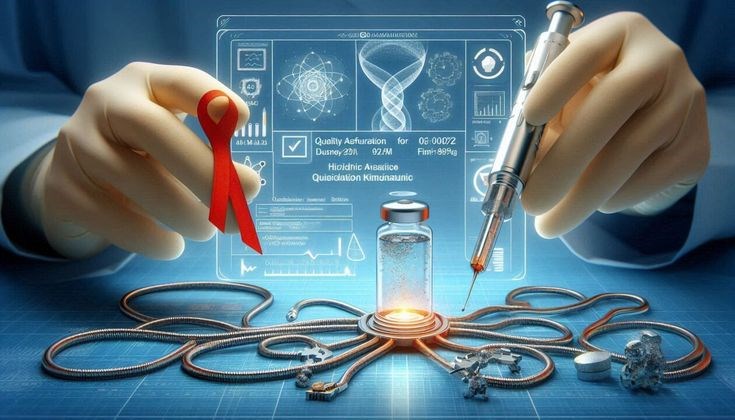Nanotechnology is one of the most transformative sectors in contemporary healthcare, as it has transformed diagnostics and treatment with extensive accuracy. This field uses nanometer scale materials to diagnose diseases at an early stage, treat the disease through delivering drugs at the source and targeting the patient’s anatomy. Nonetheless, as new horizons are being explored in nanomedicine, it expands its frontiers toward treating diseases which in turn benefits the patients through a decrease in the side effects of treatment.
One of the revolutions in nanotechnology is the emergent nanosensors for disease detection at the early stage. They have the ability to identify diseases including cancer, Alzheimer’s, and infections in the body before the diseases develop symptoms. In a similar manner, this enlargement helps to achieve better diagnosing, and therefore treatment that in most cases proves conducive to early intervention and enhanced survival rates and treatment efficacy.
Another major innovation is the targeted drug delivery using nanoparticles, which is another key area of scientific advancement and holds a lot of potential. Nanoparticles have better prospects because they deliver treatment to tumor regions and avoid damaging other cells like normal ones as conventional treatments do. This is advantageous in chemotherapy whereby the drug delivery technology allows for the precision of delivering these sensitive drugs directly to tumor cells with minimal harm to the body, hence improving patient’s healthcare.

Nanorobotics is also making an impact in the field of medicine including circulating through the bloodstream to fix tissues, eliminate cells or deliver medicine. These tiny machines further refine the operations carried out in the operation theaters and could provide remedies for diseases like blood clot and tumors. This ability to work at the cellular level is one of the reasons that can be associated with a new generation of medical procedures.
Additionally, nanotechnology is also contributing a lot to regenerative medicine by using nanomaterials to aid in growth of tissues and wound healing. Some state that tissue engineers are now designing and fabricating nanoscale structures for use as scaffolds to enhance the healing of injured tissues and in certain cases regeneration of lost or impaired organs. It was an explicit sign of hope for organ transplantation and treatment of degenerative diseases with the possibility of reformation of the future of medicine.
Conclusion
Nanotechnology is undoubtedly becoming the pivot of the current and future medicine, of diagnostics, treatment, and regenerative medicine. From diagnostics such as early disease detection, therapeutics which are accurate drug delivery mechanisms, to nanorobotic systems, these are rewarding in their capability to improve the quality of patient care and eradicating or minimizing side effects. Through more and more research, nanotechnology will play an extremely significant role in the medical field that will help people receive better treatments with different tendencies and methods.